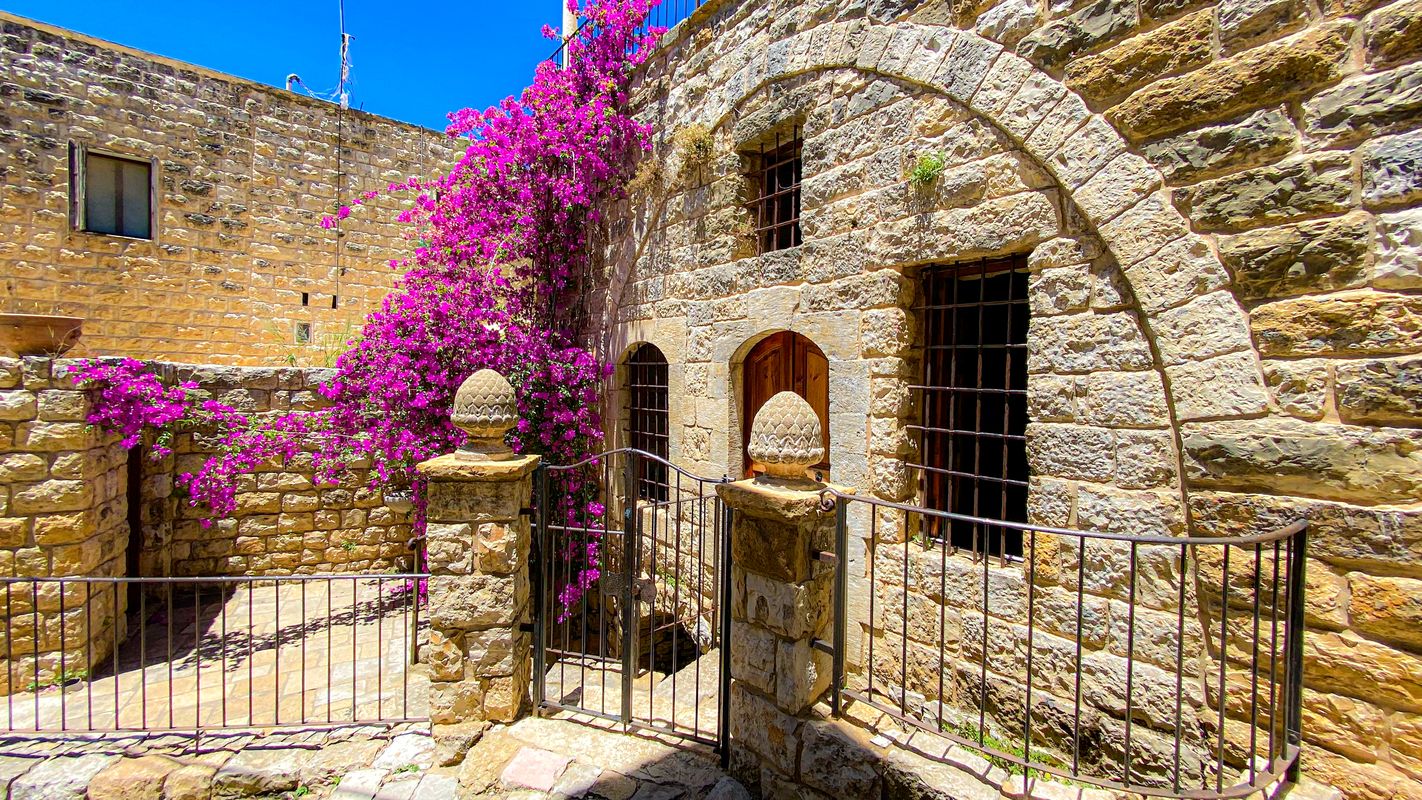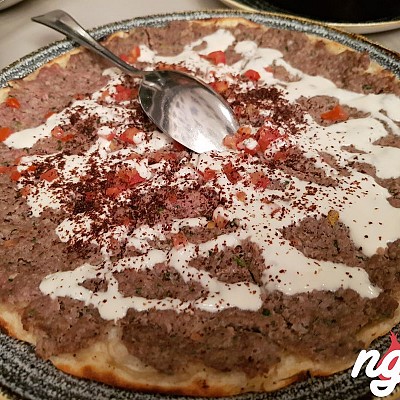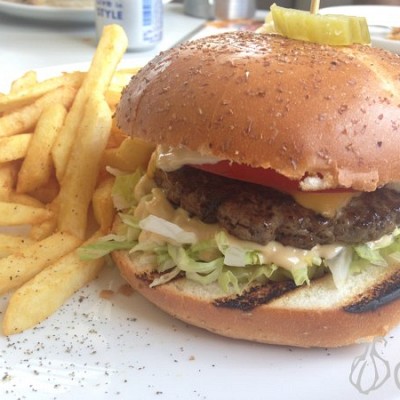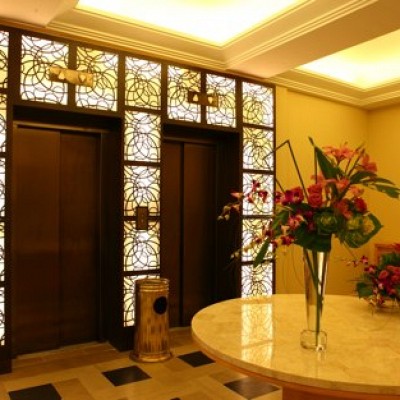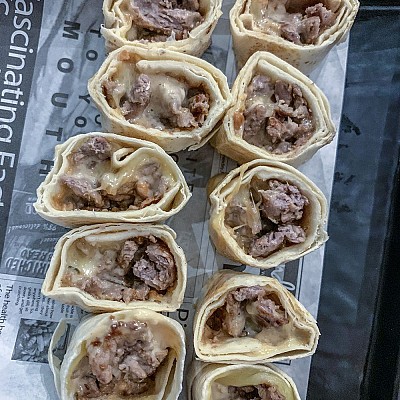The village retains a remarkable picturesque appearance with typical stone houses with red tile roofs. In 1945 it was placed under monument protection. In 1943 The Lebanese president Bechara Al Khoury declared deir al kamar the summer palace for the presidents. Deir al-Qamar (Arabic: دير القمر), meaning "Monastery of the Moon" is a village south-east of Beirut in south-central Lebanon. It is located five kilometres outside of Beiteddine in the Chouf District of the Mount Lebanon Governorate at 800 m of average altitude.
The oldest written reference to Deir el Qamar (Deir elcamar or Deir elchamar) goes back to 1257 and 1260 in the deeds of Julian of Shouf and Andrew of Shouf selling their lands and villages in their lordship of Shouf to the Theutonic Order as reported in Tabulae Ordinis Theutonici, a copy of which is kept in New York Public Library. During the 16th to 18th centuries, Deir al-Qamar was the capital and the residence of the Emirate of Mount Lebanon. It is also notable for its 15th-century Fakhreddine Mosque, Fakhreddine II Palace, and the palace of the Emir Yusuf Shihab - today housing the Municipal Council. The 17th century Deir al-Qamar Synagogue is also in the village, although closed to the public. During its peak, the city was the centre of Lebanese literary tradition.
It was the first village in Lebanon to have a municipality in 1864, and it is the birthplace of many well known personalities, such as artists, writers, and politicians. It was the winter capital of the Druze Cancimat of Lebanon (1840-1860), the summer capital being Baakleen. People from all religious backgrounds lived there and the town had a mosque, synagogue and Christian churches. . In the year 1860, Deir al-Qamar was destroyed during the civil war between Druze and Christians during which the town was set ablaze. Napoleon III sent a French contingent to rebuild it, recalling France ancient role as protector of the Christians in the Ottoman Empire as established by a treaty in 1523. In 1864, Deir el-Qamar elected the first municipality in the Arab provinces of the Ottoman Empire. . A census done by the Ottomans during Qorqmaz bin-Maan's reign, Fakhr-al-Din II's father, counted 156 men in Deir al-Qamar who were all Druze. Today, 85% of Deir al-Qamar's inhabitants are Maronites and 14% are Melkites.
Syriac origin, "Deir Sahro", meaning "the convent of the moon" (arabized towards the 9th century)
To stroll around Deir el-Qamar in the Shouf region is to admire the pride of the monuments of the city of the emirs and contemplate the Lebanon of yesteryear from one of the most beautiful squares in the Middle East. Surrounded by historic palaces and decorated with a typical 19th century fountain, the Midane is a place steeped in history, culture and music. The small paved alleys lined with old Lebanese houses accentuate the picturesque charm of this village. Former capital of the principality of Mount Lebanon, the village of Deir el-Qamar is a site classified as national historic monument since 1945 and nominated, with the valley and palaces of Beiteddine as well as the cedars of Barouk, for inscription on UNESCO’s World Heritage List.


















